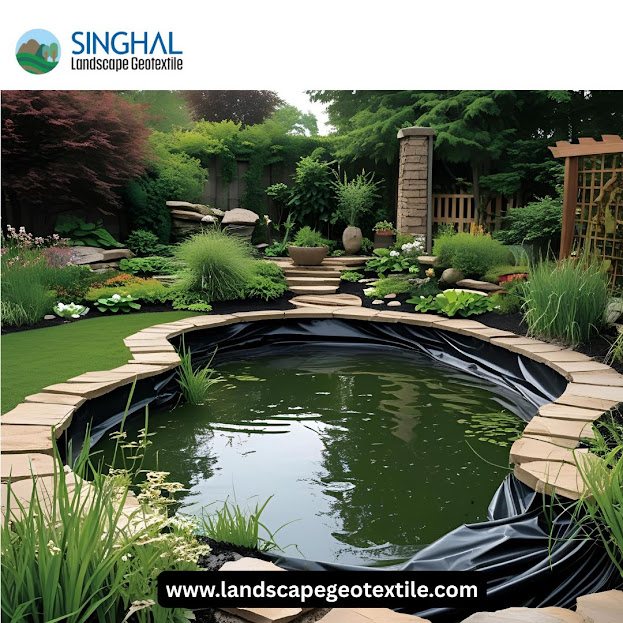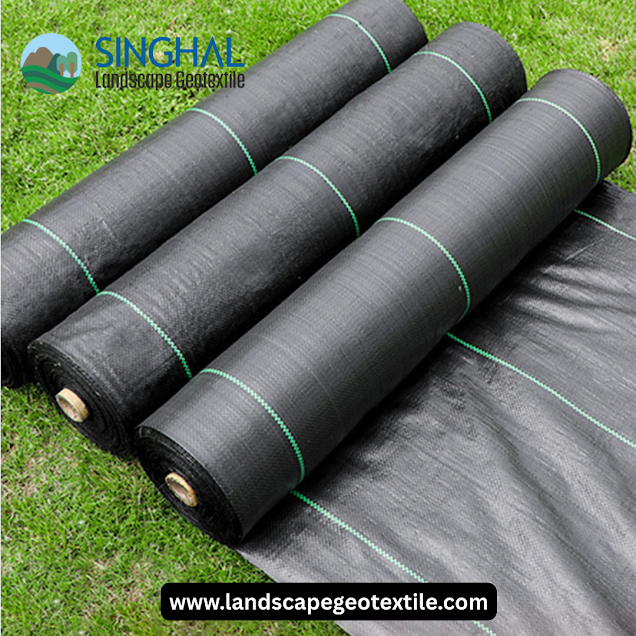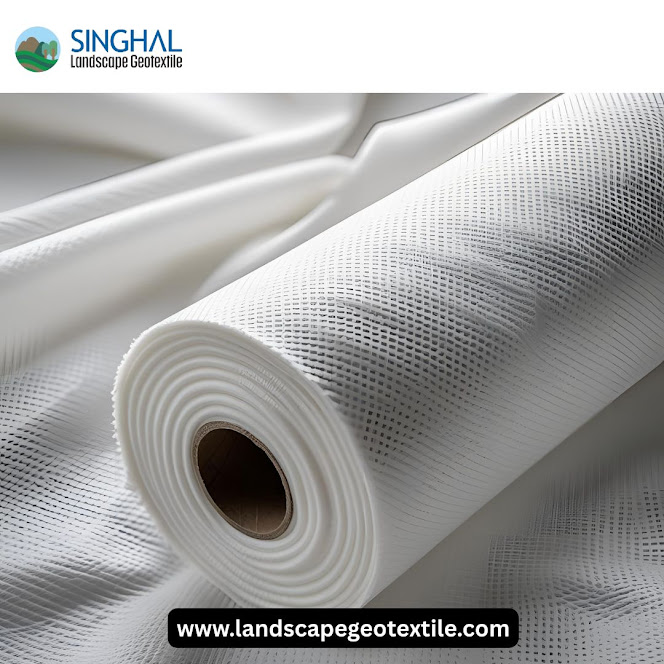PP Spunbond Non-Woven Fabric: A Sustainable Solution for Modern Industries
In today's fast-changing industrial climate, there is likely an increase in demand for versatile, sustainable, and cost-effective materials. Among the most prominent is PP spunbound non-woven fabric. PP spunbond has transformed various industries over the past two decades, including the health care sector, agriculture, packaging, and civil engineering. It represents a distinct production method that involves the extrusion of polypropylene fibers to produce extremely strong, light-weight, and environmentally-dependent material. The PP spunbond fabric continues to be put to use and its use reflects the demand for new materials (eco-sustainable) and the desire for resourcefulness. Industries are trying to source reliable suppliers and when doing so, it is important to understand what a pp spunbond non woven fabric manufacturer is and how they will deliver material that is consistent and conforming of the same manufacture.
The Manufacturing Edge: Role of a PP Spunbond Non Woven Fabric Manufacturer
Excellent PP spunbond non woven fabric manufacturers play an essential role in maintaining appropriate standards for a wide range of applications. Good manufacturers use top of the line equipment and have processes in place to ensure good quality control. This ensures that the fabrics produced are consistent and robust. Very good manufacturers will obviously offer customization in terms of specifying the fabric weight, fabric width, and the bonding strength. Good pp spunbond non woven fabric manufacturers are fully dedicated to this domain of manufacturing and ensure that they have eco-friendly practices in line with global sustainability goals. A non woven fabric manufacturer specializing in pp spunbond, brings some subject matter expertise which has repercussions on the performance, durability, and safety of the final products. As a manufactured item, there are different links in the supply chain required to get the final product to market.
Understanding the PP Spunbond Non-Woven Fabric HS Code
When engaged in international trade, it is important to comply with customs and tariff requirements. The Harmonized System HS code system is a classification process applied to products that documents a product for easy customs clearance and tariff collection. PP spunbond non-woven fabric typically has specific HS codes, and in this case it may be classified within a larger category and it would generally be considered a non-woven synthetic fabric product. An example might be an HS code 5603 for non-woven fabrics of synthetic filaments or staples. Knowing the HS code can allow for easier export-import procedures and let manufacturers, merchants or traders avoid costly delays. For companies working with international markets, this would lead them to consult specialists such as a knowledgeable pp spunbond non woven fabric manufacturer or trade expert that could assist them with proper classification, compliance, and logistics.
Gujarat: A Hub for PP Spunbond Non-Woven Fabric Manufacturing
As a major industrial state, Gujarat is a well-known manufacturing center for high-quality polypropylene spunbond non-woven fabrics. Several leading, high-manufacturing polyester spunbond fabrication plants are located in Gujarat and manufacture across various sectors for both domestic and international customers. Gujarat has excellent logistics capabilities, enabling manufacturers to ship fabrics quickly and efficiently. Several manufacturers are committing to sustainable practices by using renewable energy, sustainable raw materials, biodegradable resins, etc.
Applications and Advantages of PP Spunbond Non Woven Fabric
The multiplicity of uses for PP spunbond non woven fabric hs code has become so pervasive that it has become foundational in many markets. In healthcare, PP spunbond non-woven fabric is used in the development of surgical gowns, masks, and disposable sheets and wraps due to its filtrative efficiency, breathability, and barrier properties. In agriculture it is being used as crop covers, weed control and soil stabilization fabrics to protect plants from bugs and bad weather. Civil engineers use GEOTEXTILE made from PP spunbond non-woven for soil stabilization, erosion control, and drainage. In the packaging sector, the light weight and durability of PP spunbond non-woven fabrics are used to design produce bags, shopping bags and liner.
Challenges and Sustainability in PP Spunbond Non-Woven Fabric Production
Working with PP spunbond non-woven fabric has a number of benefits, but it does have some challenges. One of the fundamental requirements of creating good-quality fabric is establishing a robust process-controlled operating environment for large-scale production. Even small variations related to fiber bonding or fabric thickness can negatively affect the performance of non-woven fabric in high-performance applications such as medical textiles. Although polypropylene is classified as a recyclable plastic, conveying it to the appropriate place so it can be recycled will not stop it from contributing to environmental pollution. Manufacturers should support sustainability; meaning recycling waste fabric and being conscious of energy needs and waste.
Conclusion
To summarize, PP spunbond non woven fabric manufacturer in gujarat has emerged as an essential product for many industries due to its strength, versatility, and sustainable properties. Whether you are looking for a pp spunbond non woven fabric manufacturer or an established manufacturer in Gujarat, the most important thing to remember for using the material to its full potential is quality assurance and customization. Understanding the HS code is a must for easy international movement of the product, while understanding the we can create actual applications on how to use the pp bonded non-woven fabric while understanding each of the challenges can make for a better decision for a user. With industries increasingly embracing sustainability, it is guaranteed that PP spunbond non-woven fabric will have an even larger potential impact in the future of sustainable manufacturing practices and it has showcased innovation, durability, and a marked commitment to responding to environmental issues which helps prepare it for whatever industries may need it in the future.
Frequently Asked Questions
What are the primary advantages of using PP spunbond non-woven fabric?
It offers high durability, breathability, water resistance, lightweight handling, cost-effectiveness, and recyclability, making it suitable for a wide range of applications.How does the HS code impact international trade of PP spunbond non-woven fabric?
The HS code ensures proper classification, facilitating smooth customs clearance, tariff determination, and compliance with international trade regulations.Who is the largest manufacturer of PP Spunbond Non Woven Fabric?
The largest manufacturer of PP spunbond non woven fabric is Singhal Landscape Geotextile Manufacture. Renowned for their extensive production capabilities and commitment to quality.
.jpg)


.jpg)
Comments
Post a Comment